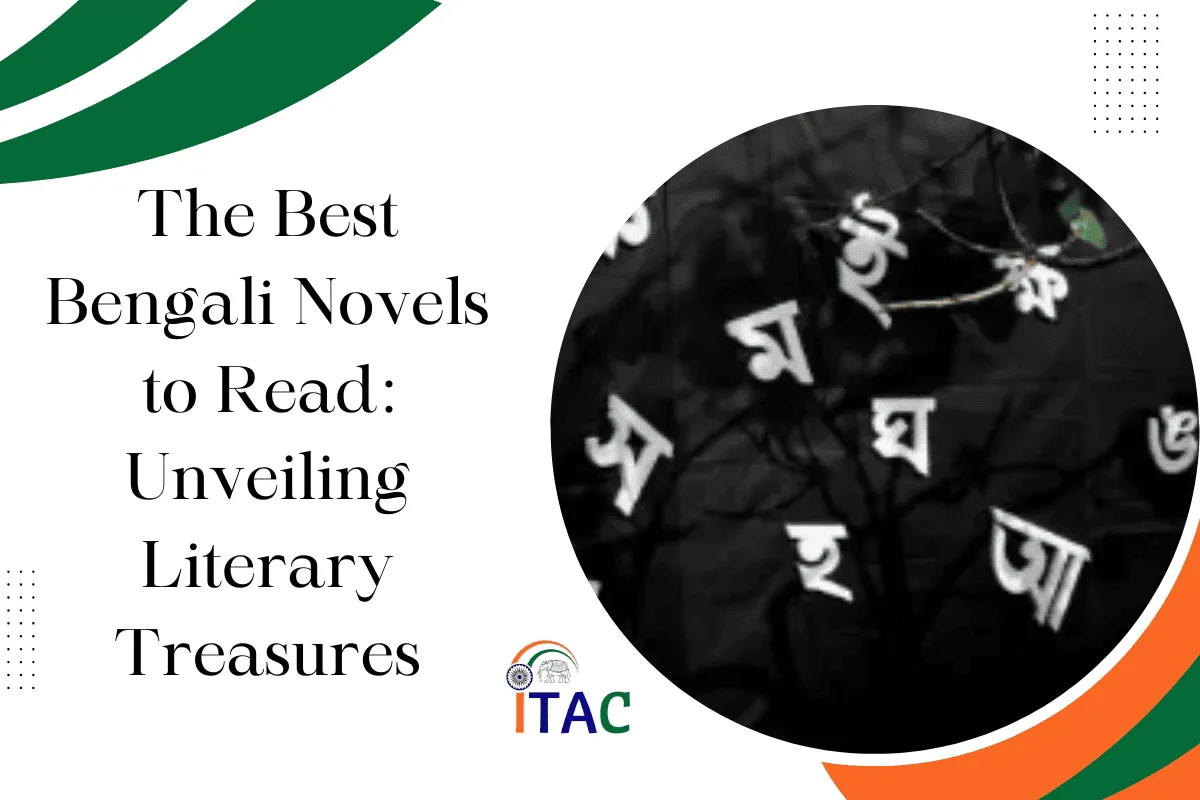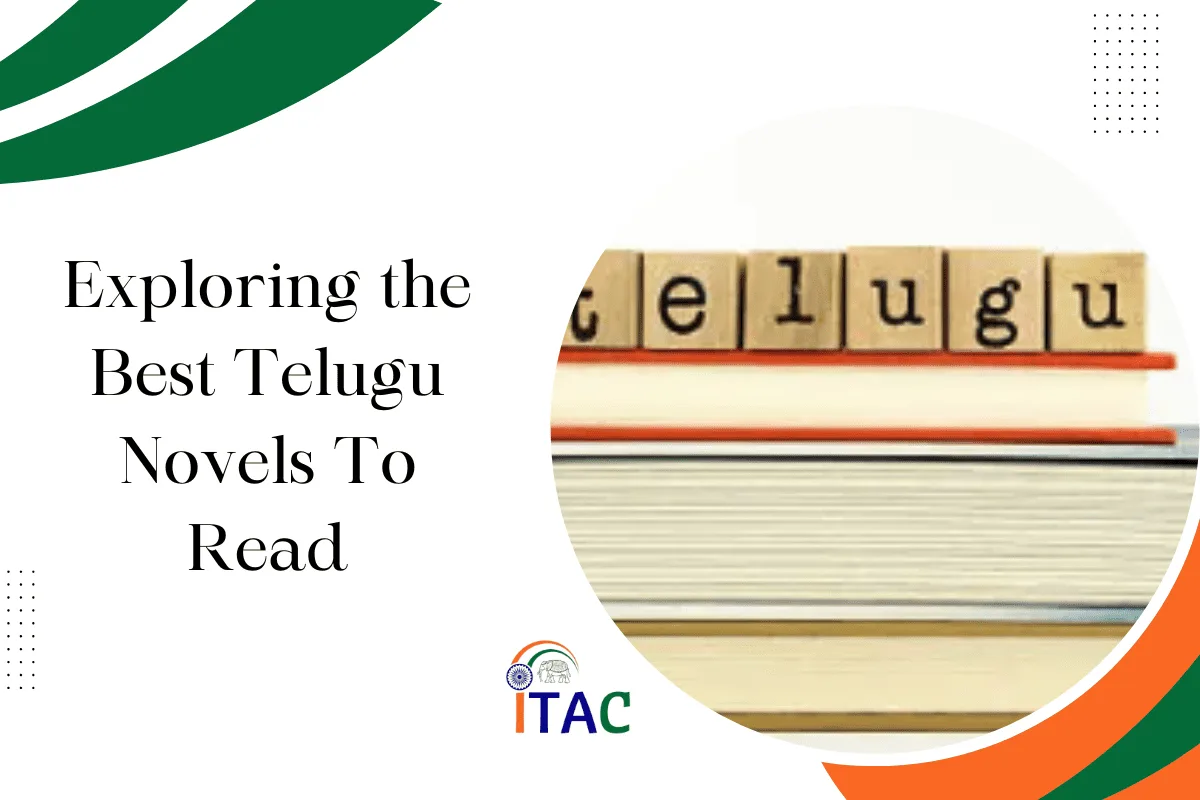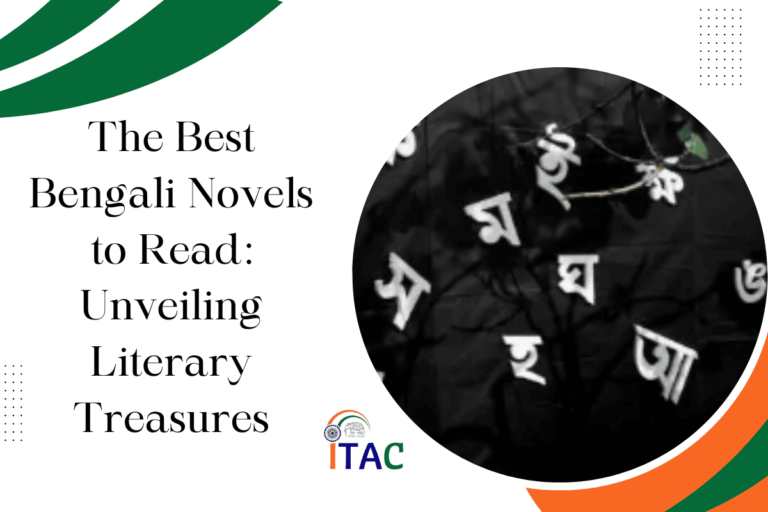India’s rich cultural tapestry is vividly reflected in its diverse range of traditional jewellery. This blog explores the intricate world of Indian jewellery, delving into its historical roots, regional variations, symbolic meanings, and the traditional techniques employed in its creation.
Table of Contents
Traditional Jewellery of India: detailed overview:
Historical Roots
The history of jewellery in India is as old as the civilization itself. The Indus Valley Civilization, dating back to 2500 BCE, showcases the earliest examples of jewellery-making in India. Gold, silver, and precious stones were commonly used, and craftsmanship was highly advanced. Over the centuries, Indian jewellery evolved, influenced by various dynasties like the Mauryas, Guptas, Mughals, and the British, each adding their unique touch to its design and technique.
Regional Variations of traditional jewellery of India:
India’s vast geography and cultural diversity have given rise to a plethora of regional jewellery styles. Here is the categorization of all the famous jewellery in India.
- North India: Known for elaborate gold pieces, often studded with precious stones. Kundan jewellery, originating from Rajasthan, involves setting gold foil between the stones and its mount. Another famous style is Meenakari, where vibrant enamel work is done on gold, popular in Rajasthan and Gujarat.
- South India: Famous for its temple jewellery, initially used to adorn statues in temples and later by Bharatanatyam dancers. Made of gold, it often features motifs of gods, goddesses, and nature. This is how it looks like:
- East India: Bengal is renowned for its intricate filigree work in silver and gold, known as ‘Tarakasi’. The traditional designs are delicate and involve thin wires of metal intricately twisted to create beautiful patterns.
- West India: Maharashtrian jewellery like Thushi, a choker-style necklace made of gold beads, is distinct. Gujarat and Rajasthan are known for their use of colorful stones and intricate carving.
Related: Types of Indian Jewellery
What are the Traditional Techniques Of Making Traditional Indian Jewellery?
Indian jewellery-making involves a variety of traditional techniques:
- Kundan Work: Involves setting precious stones in gold and is known for its intricate craftsmanship. This is how kundan jewellery looks like:
- Filigree Work: Involves twisting thin wires of gold or silver into intricate designs. This is how filigree worked jewellery look like:
Here is an example of filigree earrings:
- Meenakari Work: Enameling process where metal surfaces are painted and fired to create colorful designs. Mostly it is hand painted or stenciled painted jewellery. Here is how it looks like:
- Polki Work: Consists of uncut diamonds set in gold, often seen in royal and bridal jewellery. Have a look at this polki work jewellery to understand how it looks like:
Quintessential Traditional Indian Jewellery Pieces:
Indian traditional jewellery is vast and varied. Here are some of the most iconic pieces:
- Mangalsutra: A Marital Emblem
- Significance: The Mangalsutra, the ancient Indian jewellery, traditionally worn by married Hindu women, is a powerful symbol of marriage and commitment. It’s believed to safeguard the life of the husband.
- Design: Typically made of gold, it features a unique design of black and gold beads with a pendant. The design varies across regions – the South Indian ‘Thaali’ has specific regional designs, while the North Indian version is often more elaborate.
- Modern Adaptations: Contemporary designs have evolved, blending traditional elements with modern aesthetics, making them suitable for everyday wear. Here is an example:
- Jhumkas: The Quintessential Indian Earrings
- Overview: Bell-shaped and intricate, Jhumkas are a staple in Indian jewellery. They range from simple designs for daily wear to heavily ornamented ones for special occasions.
- Variations: Jhumkas vary in style – some have a single bell, while others feature multiple layers. They can be found in gold, silver, adorned with precious stones or pearls.
- Cultural Presence: These earrings have a timeless appeal and are often featured in Indian classical dance attire and bridal trousseaus.
Here is an example of Jhumka, and by the way this one is my favorite:
- Bangles and Kadas: A Symbol of Auspiciousness
- Cultural Significance: In many Indian communities, bangles symbolize good fortune and prosperity. Wearing bangles is considered a must for married women.
- Materials and Styles: They range from simple glass bangles to intricate gold and silver designs. Kadas are thicker, often with carvings and inlay work, and are unisex.
- Regional Varieties: Specific styles like the ‘Patiala Kadas’ from Punjab or the ‘Kempu Bangles’ from South India are renowned for their unique craftsmanship.
- Often called as Chooda in some parts of India, also the core element of the Chooda ceremony in North India.
Have a look at this as an example of bangles with kadas:
- Maang Tikka: The Forehead Adornment
- Significance: A maang tikka is not just a piece of jewellery but a spiritual symbol. It represents the third eye, signifying the ability to make wise choices.
- Designs: They come in various designs, from simple chains with a pendant to elaborate ones covering the entire forehead.
- Bridal Essential: An integral part of bridal jewellery, it enhances the beauty of a bride, giving her a regal look.
Here is an example for maang tikka:
- Nath (Nose Ring): A Bridal Staple
- Cultural Importance: The Nath is not just an accessory but a key component in bridal jewellery. It symbolizes a bride’s purity and her marital status.
- Design Diversity: Ranging from the simple hoop of the ‘Laung’ in North India to the ornate ‘Nathni’ of Rajasthan and Gujarat, these vary greatly in size and design.
- Connection to Heritage: Often connected to the hair with a delicate chain, it adds a touch of elegance and tradition to the bridal ensemble.
Have a look at this beautiful and delicate nath as an example:
- Payal (Anklets): The Melody of Steps
- Symbolism: Anklets, primarily made of silver, signify a woman’s marital status in some cultures. They are known for their melodious tinkling sound.
- Designs: They range from simple, thin chains to thick, ornate ones with bells. In some regions, they are worn in pairs, while in others, a single anklet is worn.
Here is how it looks like:
- Haath Phool: Graceful Hand Ornaments
- Description: Haath Phool, literally meaning ‘hand flower’, consists of a bracelet connected to one or more rings with a delicate chain.
- Bridal Favourite: It’s a popular bridal accessory, adding elegance to the hands. They are usually crafted in gold and often studded with precious stones.
Here is an example for haath phool:
- Choker Necklaces
- Design and Variety: Choker necklaces sit snugly around the neck and come in various designs. They range from simple and elegant styles to heavily ornamented pieces, often encrusted with precious stones like diamonds, rubies, and emeralds.
- Cultural Significance: In Indian culture, choker necklaces are often associated with royalty and opulence. They are a popular choice in bridal jewellery, symbolizing the beauty and grace of the bride. In some regions, the style and intricacy of the choker can also indicate the wearer’s social status.
Look below at an example of chookar necklace:
- Armlets (Bajuband)
- Design and Craftsmanship: Traditionally made of gold, Bajubands are worn on the upper arm. They are usually crafted with intricate carvings and embellished with gemstones.
- Symbolism: Bajubands symbolize strength and beauty. They are often worn by brides as a part of the solah shringar (16 traditional bridal adornments) and are seen as a symbol of a woman’s strength in her new journey of marriage. In certain cultures, they are also associated with warriors and are worn as a symbol of valor and power.
Here is an example of bajuband:
- Waist Belts (Kamarband)
- Design and Functionality: These ornate belts, typically crafted in gold, are worn around the waist. They feature elaborate designs and may be studded with precious stones. Kamarbands serve both as a fashion accessory and a practical garment holder.
- Cultural Relevance: Kamarbands accentuate the traditional attire and are seen as symbols of grace and femininity. In many Indian weddings, they are an essential part of the bridal attire, believed to add to the bride’s beauty and elegance. They also have a practical aspect in classical dance costumes, where they help secure the attire in place.
Here is an typical example of kamarband:
- Toe Rings (Bichhiya)
- Design and Material: Usually made of silver, toe rings are worn in pairs on the second toe. Their designs can range from simple bands to more intricate patterns.
- Symbolic Importance: In many Indian cultures, toe rings are a symbol of married women. They are considered to have health benefits in Ayurveda, and it’s believed that wearing toe rings on the second toe ensures a healthy uterus. The silver metal is also thought to absorb energy from the earth and pass it to the body, which is beneficial for women’s reproductive health.
Look at the toes in the picture below, toe rings are called bichhiya:
- Jhumar:
- Description: The Jhumar, also known as “Passa,” is a side headpiece traditionally worn by Indian women. It usually features a semi-circular or fan-like design, often adorned with pearls, beads, and precious or semi-precious stones.
- Bridal Accessory: The Jhumar is a quintessential accessory in many Indian bridal trousseaus, especially in Muslim and Punjabi weddings. It adds a royal and elegant touch to the bride’s ensemble.
- Symbolism: Historically, the Jhumar was a symbol of regal status and was predominantly worn by the women of the royal families. Over time, its popularity spread, and it became a staple in wedding jewellery across various cultures in India.
- Regional Variations: There are regional variations in the design of the Jhumar, reflecting the diverse artistic traditions of India. For instance, the designs may vary between more intricate patterns in Northern India to simpler, yet elegant styles in other regions.
Look at the forehead of the model, this is jhumar:
What are the Regional and Cultural Specialties of Traditional Indian Jewellery?
Jadtar Jewellery
- Origin: Predominantly from Gujarat and Rajasthan, Jadtar jewellery is known for its intricate imitation of precious stone settings.
- Design: It often imitates kundan and polki styles but uses glass stones and cheaper metals, making it more accessible.
Here is an perfect example of jadtar jewellery:
Navratna Jewellery
- Significance: ‘Navratna’ translates to ‘nine gems’, each representing a celestial body. Wearing Navratna is believed to bring astrological balance and benefits, and is famous in Gujrat.
- Composition: It typically includes diamond, ruby, emerald, coral, pearl, yellow sapphire, blue sapphire, hessonite, and cat’s eye.
How we can forget when Mira Kapoor wore a Navratna jewellery, have a look:
Kasu Mala
- Origin: A staple in South Indian jewellery, particularly in Kerala and Tamil Nadu.
- Design: Made of numerous gold coins (‘Kasu’ means coin in Tamil) featuring images of deities, it’s a symbol of prosperity.
Have a look at this beautiful kasu mala necklace:
Gond Jewellery
- Background: From the Gond tribes of central India, known for their unique art and culture.
- Characteristics: Made primarily from silver and natural materials, these pieces are symbolic and often carry tribal motifs.
Look at the Gond jewellery:
Thewa Jewellery
- Technique: Originating from Rajasthan, Thewa involves fusing intricately designed 23-karat gold sheets on glass.
- Themes: The designs often depict stories from Indian epics or intricate scenes of nature and royal courts.
Look at this example of Thewa jewellery:
Solah Shringhar
- Meaning: Refers to the 16 adornments traditionally worn by a Hindu bride, ranging from the head (Maang Tikka) to the toes (Bichhiya).
- Components: Includes bindi, nath, haar, earrings, armbands, bangles, kamarbandh, anklets, and more, each with a unique cultural significance.
Traditional Tribal Jewellery
- Diversity: Each tribe in India, from the Banjaras to the Khasis, has its distinct style, often made from natural materials like wood, bones, and stones.
- Significance: Apart from adornment, these pieces often have protective and medicinal value, as per tribal beliefs.
Assamese Jewellery
- Craftsmanship: Known for its exquisite designs featuring nature motifs like birds and flora.
- Materials: Primarily made using gold and colored gemstones, reflecting the rich biodiversity of the region.
Look at this Assamese jewellery:
Rajasthani Borla
- Design: A unique spherical pendant that hangs on the forehead, part of traditional Rajasthani bridal attire.
- Symbolism: It is believed to protect brides from negative energy.
Do you remember Deepika Padukone wearing Rajasthani Borla on her forehead in Padmavat:
Hyderabadi jewellery:
It originates from the historic city of Hyderabad in India, is renowned for its unique and opulent designs, deeply influenced by the city’s rich royal heritage, particularly the Nizam era.
- Pearls: Hyderabad, often referred to as the ‘City of Pearls’, is famous for its exquisite pearl jewellery. The pearls are typically woven into elaborate designs, often combined with gold or silver.
- Kundan and Polki Work: Hyderabadi jewellery frequently features Kundan (gold foil setting) and Polki (uncut diamonds) work, showcasing the skilled artistry of the local craftsmen.
- Satlada: A notable piece is the Satlada, a seven-layered pearl necklace that often incorporates emeralds, diamonds, and rubies, reflecting the opulence of Hyderabadi royalty.
- Jadau Technique: Another popular technique in Hyderabadi jewellery is Jadau, where precious stones are embedded into molten gold, creating intricate and luxurious designs.
Here is an example of traditional hyderabadi jewellery:
Pachchikam Jewellery:
- Origins and Craftsmanship: Hailing from Kutch, Gujarat, Pachchikam jewellery is known for its crude yet charming appearance. Its method of making is quite ancient and demands high precision.
- Appeal: It has a unique appeal for those who prefer a vintage, antique look. Its slightly rough finish is its signature trait.
Here is a perfect example of Pachchikam jewellery:
What is the Traditional Indian Jewellery for Men
1. Mala (Necklaces)
- Description: Malas are traditional necklaces often made of gold, pearls, or rudraksha beads.
- Significance: They are not just ornamental but also have spiritual significance, especially the rudraksha mala, which is associated with Lord Shiva.
- Occasions: Worn during religious ceremonies, weddings events.
Here is an example of Mala:
2. Kadas (Bracelets)
- Design: These are robust bracelets, usually made of gold or silver. They can be simple or intricately designed, sometimes featuring religious symbols or inscriptions.
- Cultural Relevance: Kadas are often worn as a symbol of strength and masculinity. In some cultures, they are a sign of marital status.
Here is some elegant men kada as an example:
3. Ear Studs or Earrings
- Background: In many Indian cultures, it is customary for men, especially in royal families, to wear ear studs or earrings.
- Design: These range from small, simple studs to more elaborate designs, often adorned with diamonds or other precious stones.
- Cultural Practices: In some communities, the ear-piercing ceremony (Karnavedha) is an important cultural ritual.
Here is an men ear stud earring:
4. Turban Ornaments (Sarpech or Kalgi)
- Design: These are ornamental pieces attached to the turban, typically adorned with precious stones and feathers.
- Historical Significance: Sarpech or Kalgi symbolizes royalty and is often worn by grooms during weddings and by men of high stature in traditional ceremonies.
Here is an example for sarpech or kalgi:
5. Finger Rings
- Variety: Traditional Indian rings for men are usually bold and make a statement. They often feature large gemstones with astrological significance.
- Symbolism: Apart from being decorative, these rings are believed to bring good fortune and have healing properties.
6. Brooches and Buttons
- Use: Brooches and traditional buttons are used to adorn Sherwanis (a traditional long coat-like garment) and Kurtas.
- Designs: These can range from simple gold or silver buttons to more ornate ones studded with precious stones, often reflecting the wearer’s status.
Here is an example of a men brooch:
Modern Influence and Preservation
Today, while traditional Indian jewellery continues to thrive, it is also adapting to modern tastes. Designers are blending contemporary designs with traditional techniques, creating pieces that appeal to the modern generation while retaining their cultural significance.
Moreover, efforts are being made to preserve the traditional techniques. Artisans are being supported through government initiatives and NGOs to keep these age-old crafts alive.
Bottom Line:
Traditional Indian jewellery is not just a matter of adornment but a reflection of a rich cultural heritage. It tells stories of past empires, regional diversity, and skilled craftsmanship. This jewellery, steeped in tradition and history, continues to be an integral part of India’s cultural identity and heritage, adorning not just the people who wear it but also the cultural landscape of the country.









